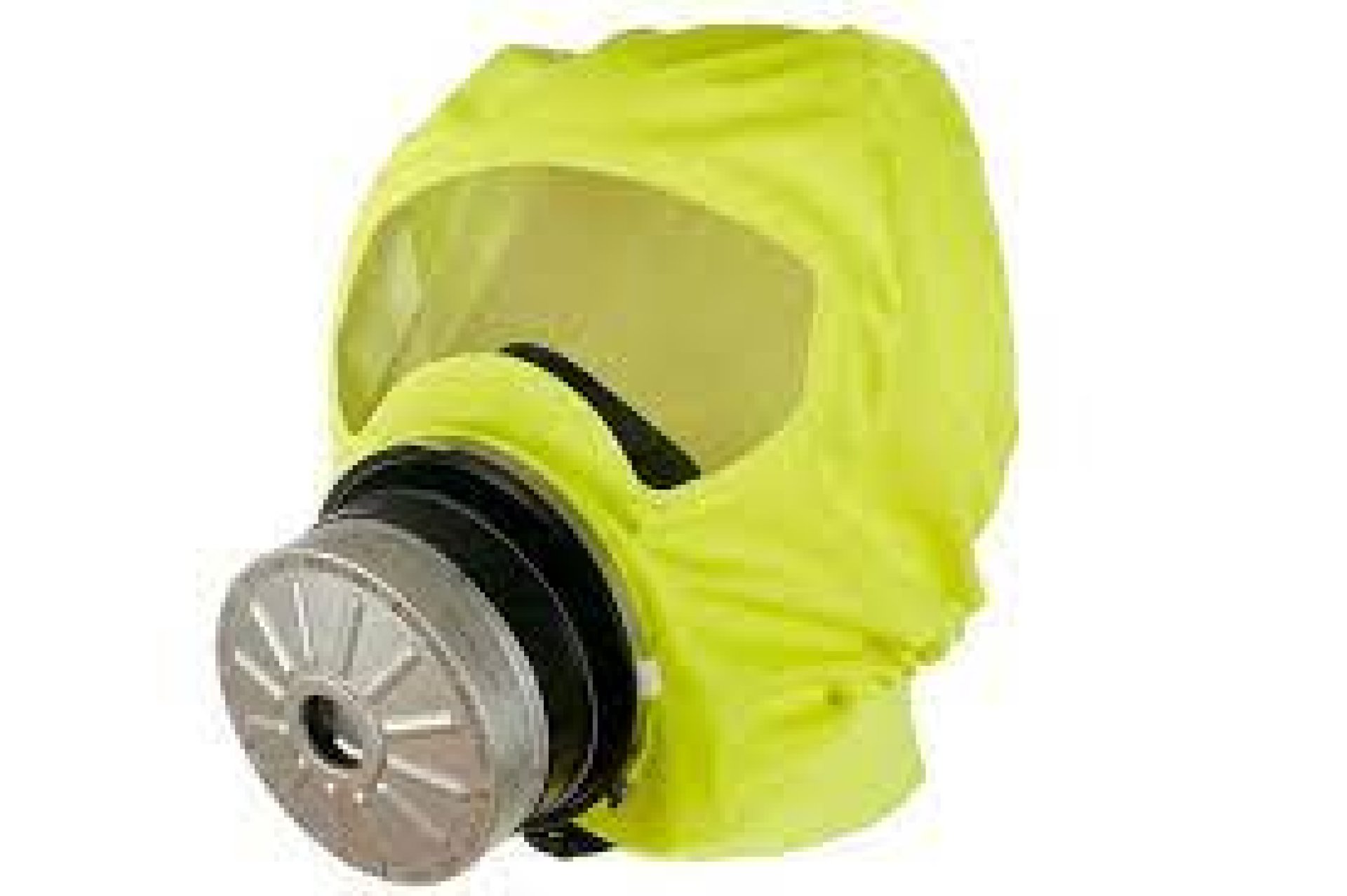Fire Escape Mask: A Vital Tool for Emergency Safety

In the event of a fire, safe evacuation is a top priority. However, one major challenge during such emergencies is the inhalation of harmful smoke. Fire escape masks play a crucial role in increasing the chances of survival by protecting against toxic gases and smoke.
What is a Fire Escape Mask?
A fire escape mask is a protective device designed to filter air and prevent inhalation of toxic gases or smoke produced by combustion. It is typically made from materials that can filter harmful substances such as carbon monoxide, hydrogen cyanide, and fine particulates.
Features of a Fire Escape Mask
1. Effective Air Filtration: Most masks come with filters capable of blocking toxic gases and harmful particles.
2. Ease of Use: Designed for quick and easy application in emergencies.
3. Fire-Resistant Materials: The materials used are often resistant to ignition.
4. Short-Term Protection: Most masks are designed for use over a limited time, typically a few minutes to an hour.
Benefits of a Fire Escape Mask
1. Reduces Risk of Smoke Inhalation: Smoke is a leading cause of fatalities during fires, and the mask can help mitigate this risk.
2. Provides More Time for Evacuation: It allows users to move out of hazardous areas without worrying about toxic air.
3. Peace of Mind in Emergencies: Having a mask at home or the workplace enhances preparedness and confidence.
Choosing a Fire Escape Mask
1. Check for safety certifications, such as approvals from relevant safety organizations.
2. Select a mask that suits your needs, whether for single-use or long-term applications.
3. Familiarize yourself with the usage instructions and practice using the mask to ensure effectiveness during an actual emergency.
Precautions
1. Fire escape masks are not effective in all situations, especially in cases of intense fires.
2. Store the mask in a dry place to maintain its quality and usability.
A fire escape mask is an essential tool for enhancing survival chances during a fire emergency. While it may not offer complete protection, being prepared with suitable equipment can significantly reduce risks and increase the likelihood of safe evacuation.



